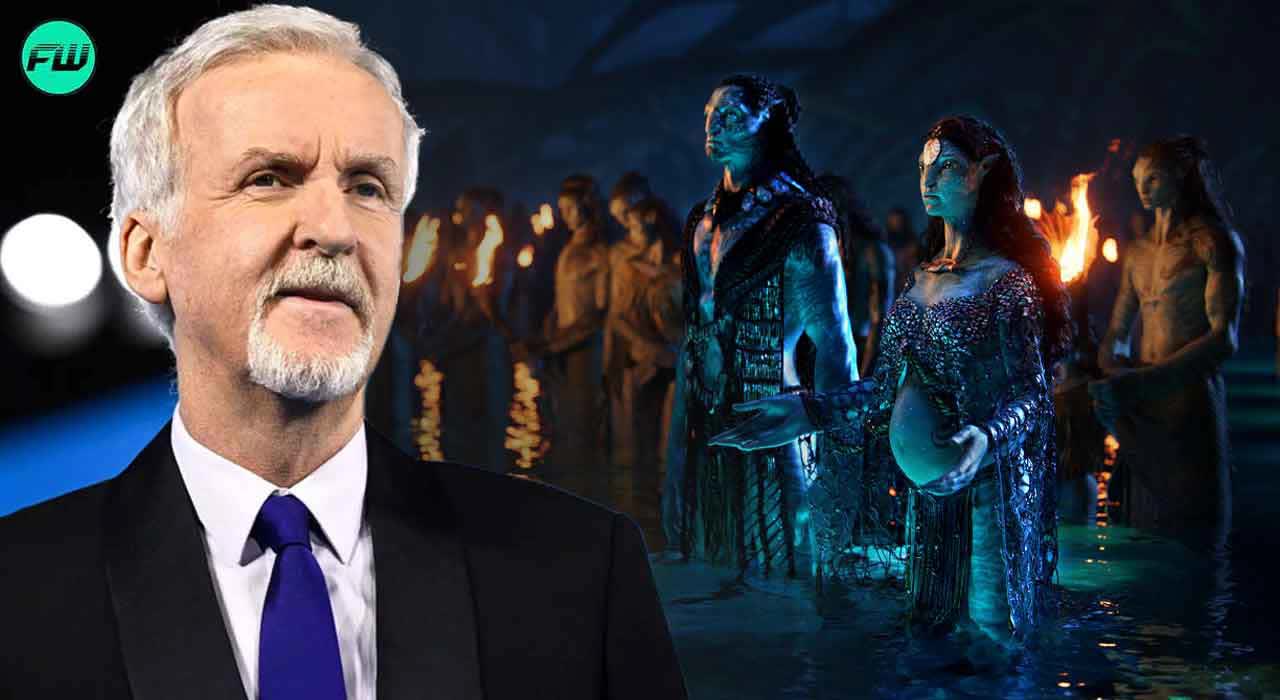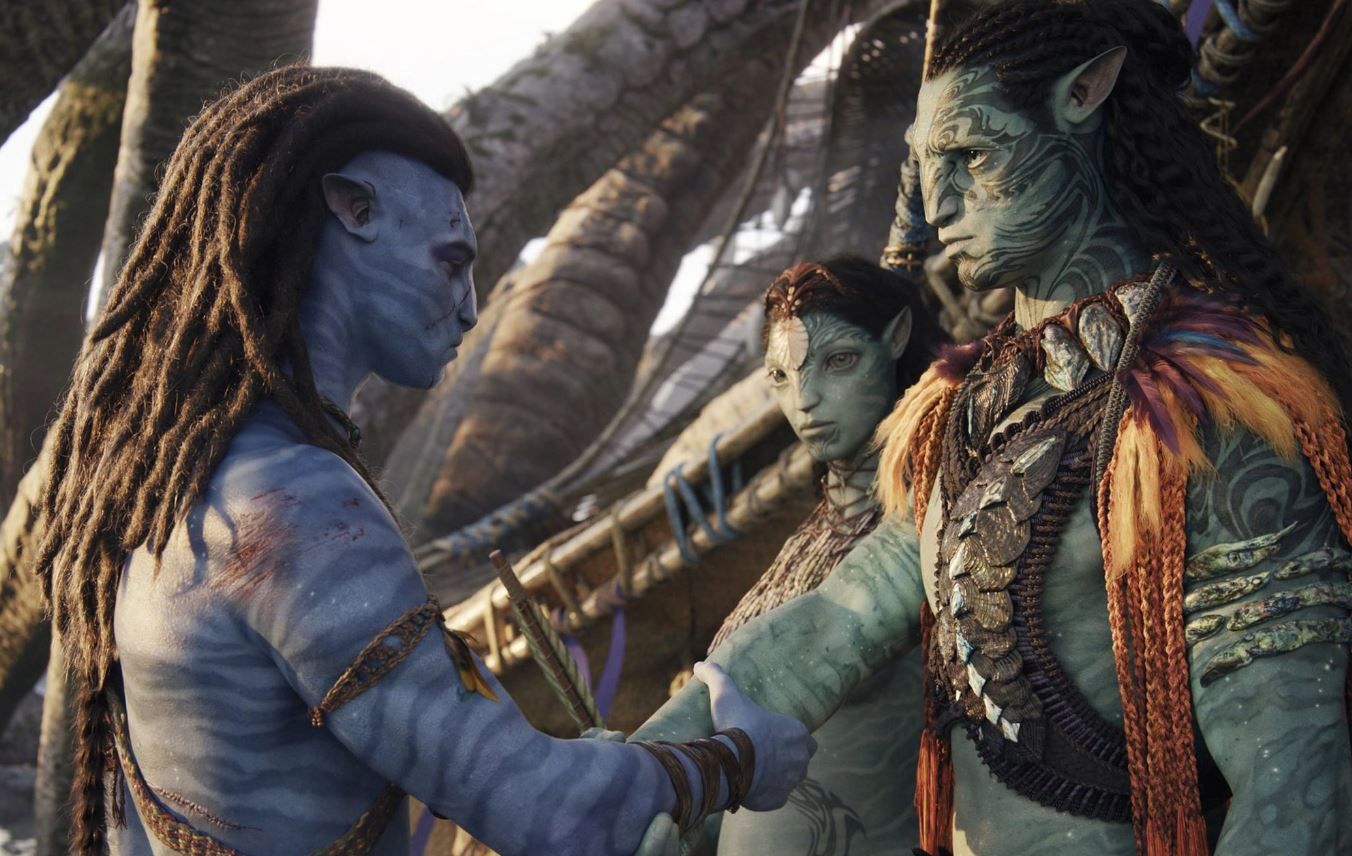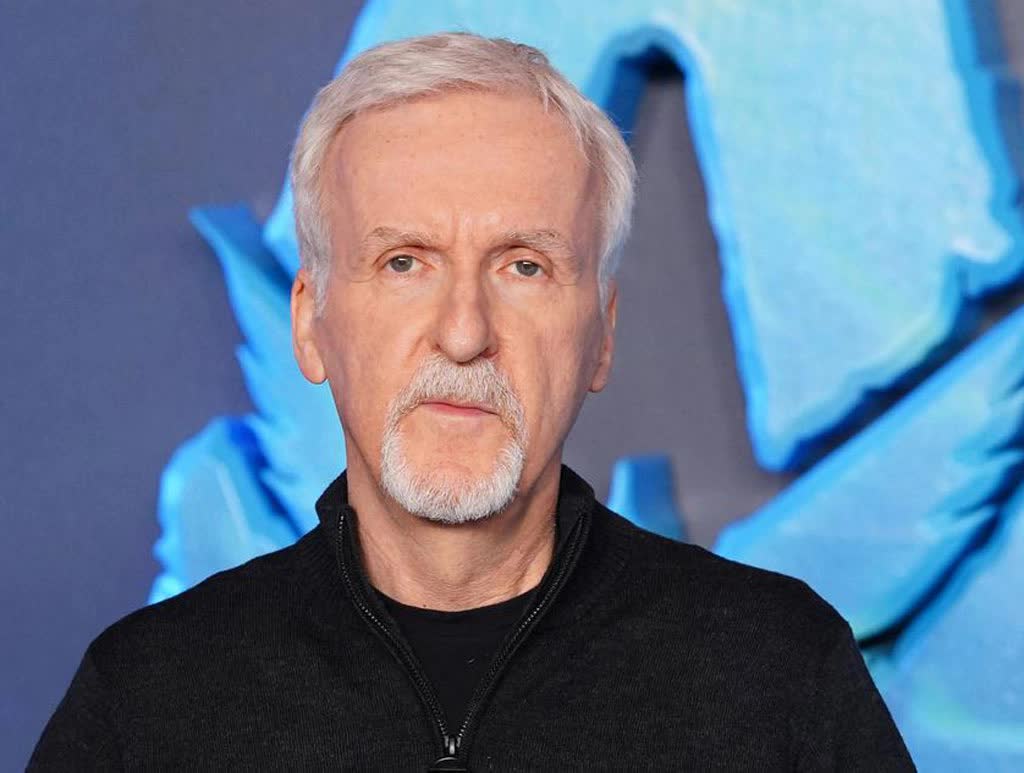While Avatar: The Way of Water just premiered two weeks ago, director James Cameron and the production team at 20th Century Studios have already set their sights on Avatar 3, which is tentatively titled Avatar: The Seed Bearer.
According to several reports, the two sequels have been filmed simultaneously over the past year. The third film is currently in post-production and is expected to make its debut in late 2024, almost two years from now. Given what Avatar and Avatar: The Way of Water have brought to audiences, it is understandable why Avatar 3 required more time for post-production. It is not yet clear whether director James Cameron wants this film to be released in a completely finished version, with a runtime of up to 9 hours.

This new information was revealed by film industry insider Jeff Sneider during a podcast episode of The Hot Mic. Sneider further noted that Cameron wants the visual effects (VFX) team to refine all scenes before he decides which parts should be cut for the final theatrical release. In other words, even sections that are not used will still be meticulously polished to the last detail, especially those that are highlighted on the big screen.
“Sources informed me that Cameron just submitted the script for Avatar 3 (to 20th Century Studios) last week,” Sneider stated. “Without a doubt, the runtime is expected to be 9 hours. And certainly, Cameron will not stop until the VFX for this entire 9-hour film is processed, after which he will consider cutting the runtime, rather than the other way around.”
James Cameron has consistently delivered groundbreaking films and is known for his ambitious approach to the Avatar franchise. Notably, the third installment is no exception. However, alongside the overwhelming workload required for the VFX team, a 9-hour runtime is not unheard of for a cinematic masterpiece.
First, there are very few audiences who can be patient and physically able to sit through a lengthy film like this. Second, such an extended runtime can affect ticket sales significantly, impacting the overall revenue. Finally, it’s unlikely that any VFX studio would accept managing a film project with such a lengthy runtime.

However, with a director as experienced and visionary as James Cameron, it is likely that he has his own unique strategies regarding his decisions. Recently, Cameron has shared insights on merging visual effects and storytelling to provide a more immersive experience for audiences.
He believes that the theatrical version will be significantly shortened, with a runtime between 2.5 to 3.5 hours. After that, the complete version, traditionally lasting over 6 hours, will be available on streaming platforms. At that point, a 9-hour runtime would no longer be excessive and could potentially be divided into multiple episodes for viewers to follow along.
Moreover, if the VFX processing for all scenes of Avatar 3 is well-managed, Cameron may release a “director’s cut” version at any desired point, as he wishes.
In addition, this could also serve as a preparation for the next two installments of the Avatar series, tentatively titled Avatar: The Tulkun Rider and Avatar: The Quest for Eywa. Director Cameron might utilize the fully completed scenes, which have undergone VFX processing but have been cut from the final versions of parts 4 and 5, to save time and production costs for these two films.

Ultimately, James Cameron has numerous reasons to continue creating groundbreaking films that differ from his previous “blockbuster” titles, especially after the success of the first two installments.
While Avatar is currently the highest-grossing film of all time, Avatar: The Way of Water is also “making waves” at the box office globally. Currently, this film has crossed the $1 billion mark despite only having been released on December 16th.
SOURCE: THE HOT MIC, SCREENRANT




















